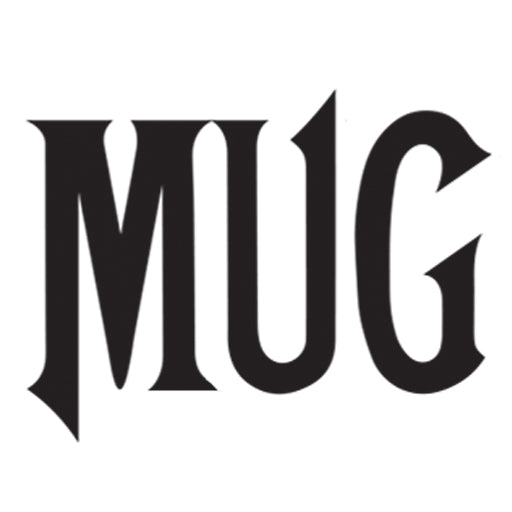The general consensus is that in the late 1800s, Portuguese sailors on ships landing in Hawaii had with them for their own entertainment while at sea a native multi-stringed Portuguese instrument called the "braguinha." Native Hawaiians liked the instrument so much that they made their own simpler versions from native wood, of which koa is plentiful in Hawaii. Their name for it was "ukulele," which in the native tongue means "jumping flea," which they were reminded of by the fingers of the players jumping up and down on the frets. By the early 1900s, Hawaiian music was becoming very popular in America, and the demand for ukes rose quickly. Most ukes sold here were made by individuals and brought over until American manufacturers, most notably the Martin Guitar Co., got into it with prototypes in 1915, eventually offering production models by 1917. Their very first ones had mahogany backs and sides with spruce tops (their guitars all had spruce tops back then), but the tone just needed to be crispier in an instrument that small, so they came up with all-mahogany models. By 1919, they offered ukes with all-koa bodies to emulate the true Hawaiian ones, and it took off.
Today, some of the finest ukuleles made by anyone will be all-koa to keep the Hawaiian tradition alive and have the originals' tone and volume. Some of the biggest ukulele fans in the world are in Japan, and both factories and individual luthiers are involved in making extremely fine instruments there, lie this Kai Tenor and this TD Concert. Here in America, Martin continues to make ukes of the same traditional quality that they have been known for in everything they do for almost two hundred years. This includes the top-of-the-line pearl-inlaid 5K model, first made for the Ditson Company, their main distributor in the 1920s. Ukuleles of increasing sizes and deeper tunings have been and are still made in Soprano, Concert, Tenor, and Baritone. Many luthiers today also make full-size guitars with koa backs and sides, noted for their unique volume and tone.
Some of you who are old enough may recall, from the 1950s, Arthur Godfrey, a major TV personality seen daily, constantly brandishing his ukulele with great brio. Then there was the onset of the "commercial folk boom" of the mid-1960s, brought on by the huge popularity of the Kingston Trio, where one of the band members very visibly played a baritone uke. And then, in the 1970s, there was Tiny Tim everywhere; who that ever caught that act could forget him? Ukuleles today are as ubiquitous as ever. They're fun, they're easy to play, they're so portable, and they will make you popular, I guarantee.

